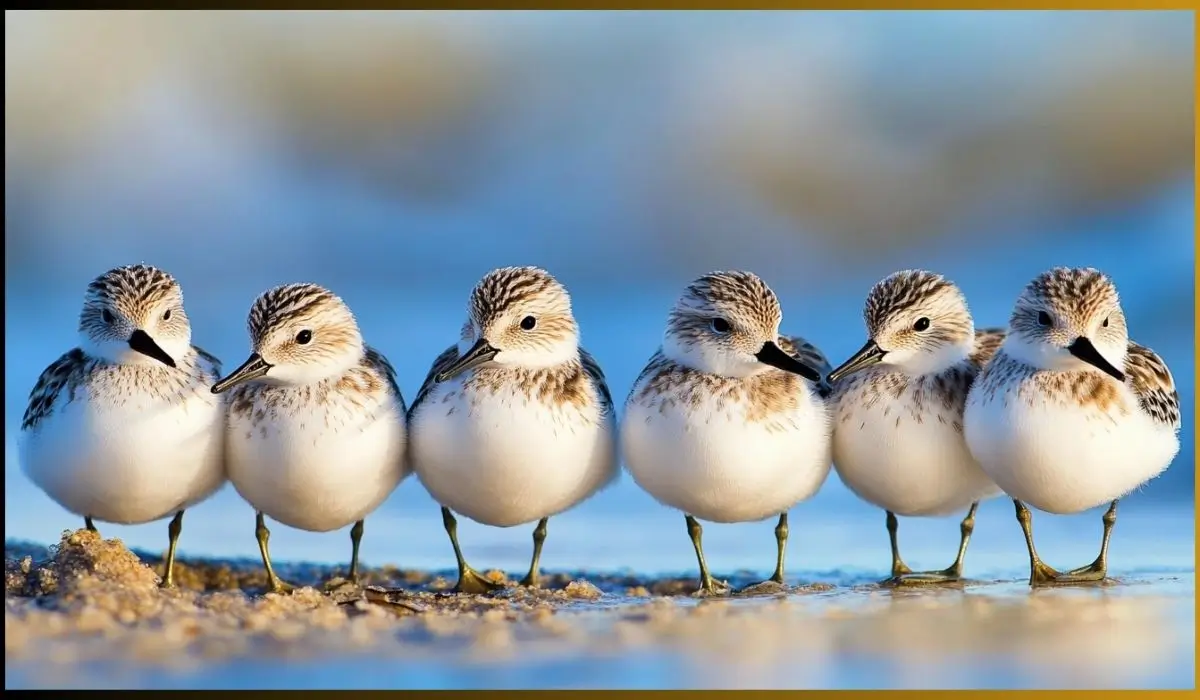
Small birds with long beaks are fascinating species of birds. Their unique beaks help them to eat different types of food, like nectar, insects, seeds, and invertebrates.
In this article, I will explore some small birds with long beaks, how their beaks work, and where they live.
7 Small Birds with Long Beaks
Some examples of small birds with long beaks include:
- Hummingbirds
- Kingfishers
- Crossbills
- Curlews
- Sanderlings
- Snipes
- Woodpeckers
1. Hummingbirds: small birds with long beaks
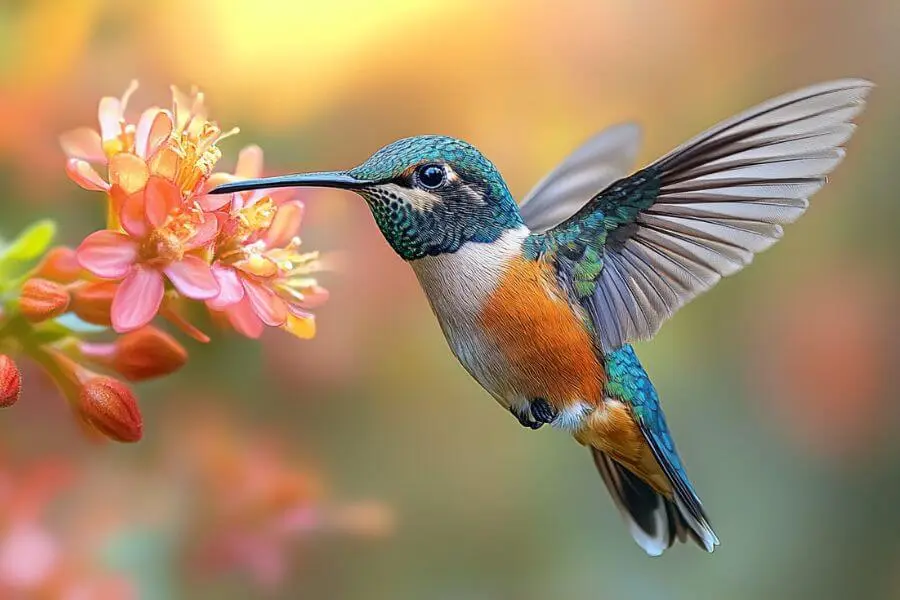
Hummingbirds are among the smallest birds in the world, with long beaks. Their long beaks help them to drink nectar from flowers.
Hummingbirds can use their thin beaks to reach the sweet nectar inside flowers.
These birds are found mainly in the Americas, from Alaska to South America. Some hummingbirds also catch insects in mid-air with their long beaks.
Because of their long necks, these birds are also called small birds with long necks.
Learn more about how hummingbirds feed by visiting Cornell Lab of Ornithology’s Hummingbird Profile.
2. Kingfishers
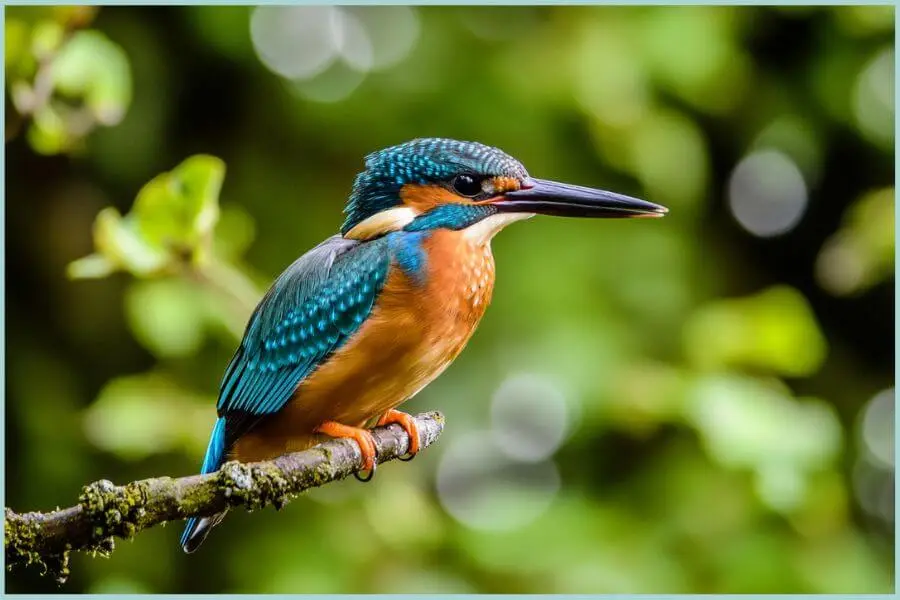
These small birds with long beaks catch fish, insects, and small crabs.
They usually sit on branches near the water, looking for fish. When they see one, they dive into the water.
Kingfishers live in different parts of the world, including North America, Europe, and Asia.
You can explore kingfishers more in the Audubon Society’s Guide.
3. Crossbills
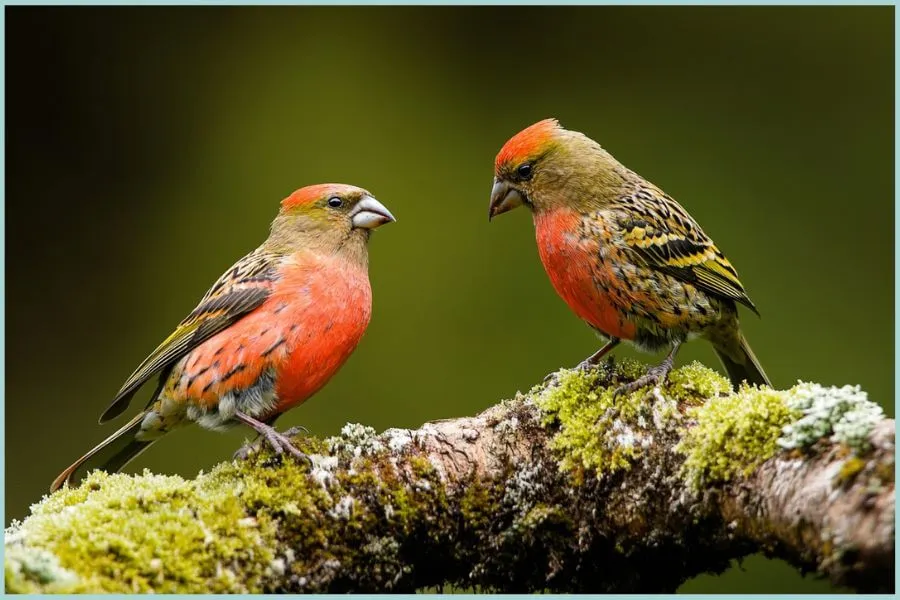
Crossbills also have the longest beaks among the small birds. These long beaks help them to eat seeds from pinecones.
Their beaks help them pick out seeds from the hard cones of pine trees, so these birds can easily obtain food.
Crossbills live in North America and Eurasia and are commonly found in forests with many pine trees.
4. Curlews
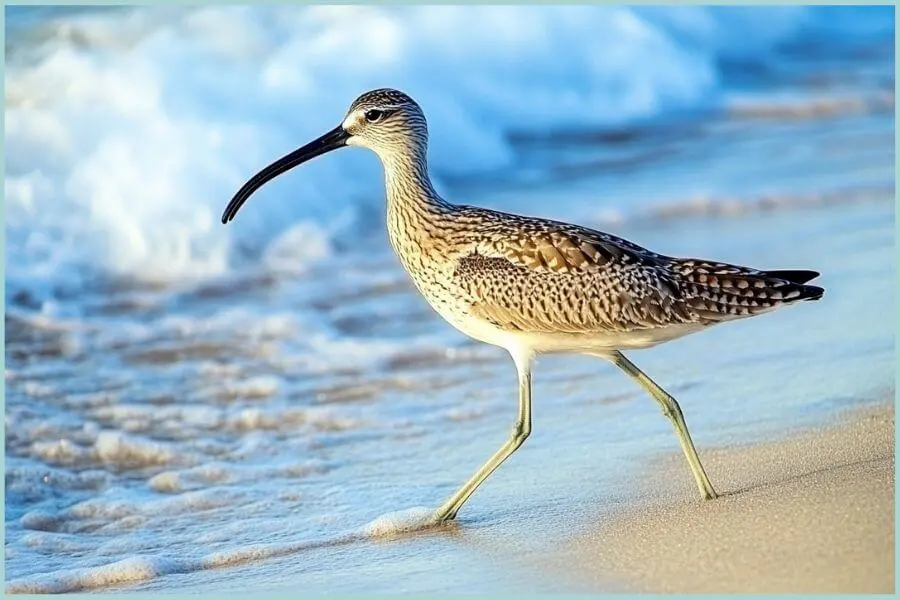
Curlews are shorebirds with long beaks that help them find food in the mud.
Their beaks allow them to eat small creatures like worms and crabs hiding beneath the surface.
Curlews love to live near beaches, wetlands, and muddy areas across North America, Europe, and Asia.
For more about curlews, visit BirdLife International’s Curlew Conservation Efforts.
5. Sanderlings
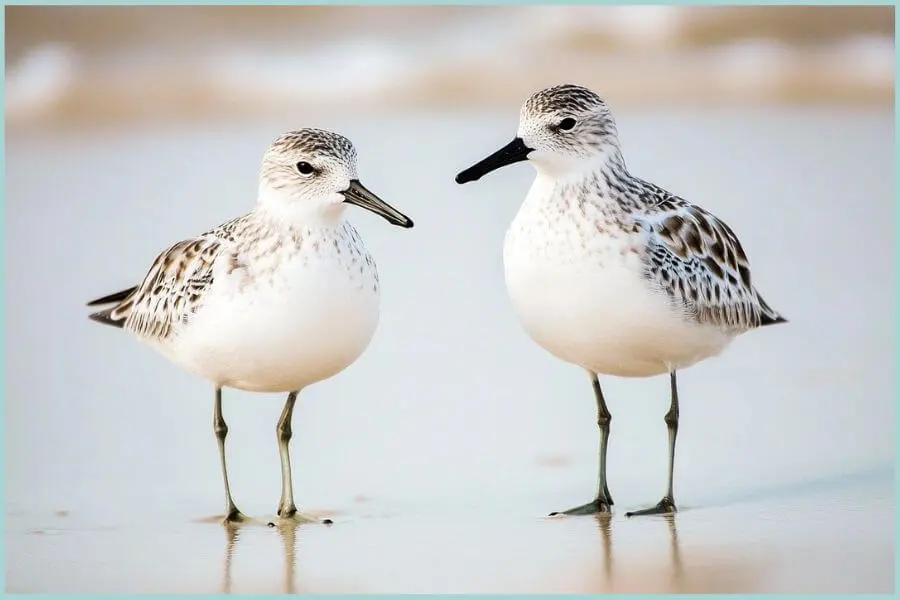
Sanderlings are small birds with long beaks. They use their beaks to probe into the sand for worms and crabs.
These small birds with long beaks are often seen running back in the shoreline and chasing waves to find food.
Sanderlings are found worldwide and live mostly along coastlines, but they also visit inland lakes and rivers during migration.
6. Snipes
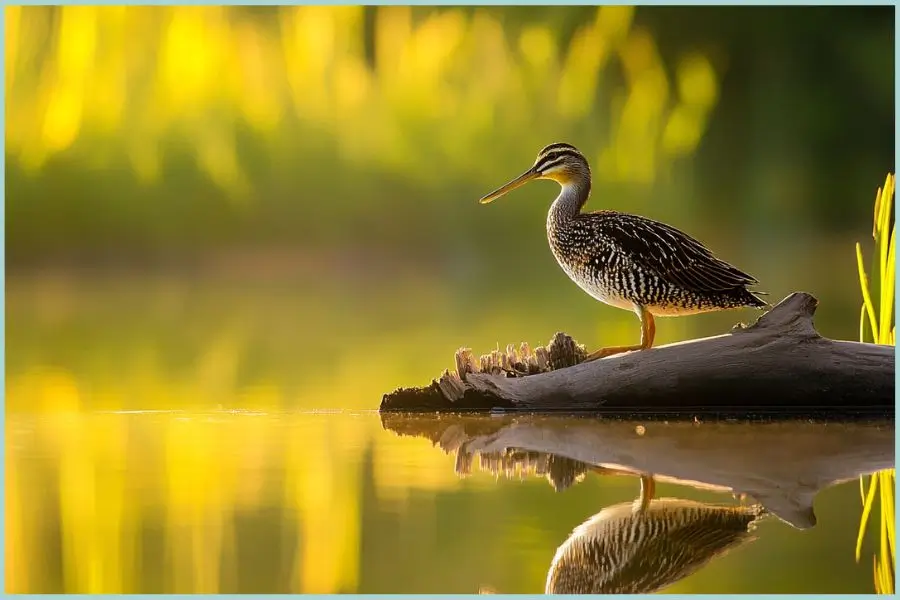
Snipes are medium-sized birds with long beaks that help them to find food in the mud.
Their beaks help them detect small creatures like worms and insects below the surface.
Snipes are primarily found in wetlands. Learn more about snipes at the Smithsonian Migratory Bird Center.
7. Woodpeckers
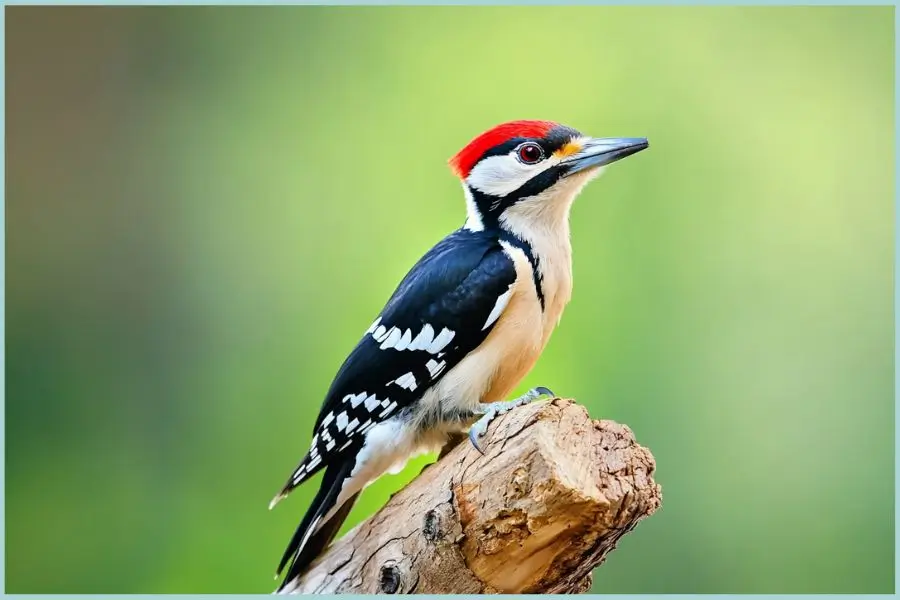
Woodpeckers are small birds with long beaks. Their beaks are strong and sharp, helping them dig deep into wood without damaging themselves.
Woodpeckers are found worldwide in forests and woodlands.
They are best known for their “drumming” sound, which they make by hammering on trees to find food or attract mates.
Check out more about woodpeckers at the Cornell Lab of Ornithology’s Guide.
Conclusion
Some small birds with long beaks have special beaks to help them eat particular foods. For example:
- Hummingbirds drink nectar from flowers with their long, slender beaks.
- Kingfishers catch fish with their sharp, pointed beaks.
- Woodpeckers drill into trees to find food using their strong, chisel-like beaks.
These birds have unique beaks to help them survive in their environments. Explore more about bird species at Cornell Lab of Ornithology, and for conservation efforts, visit BirdLife International.


